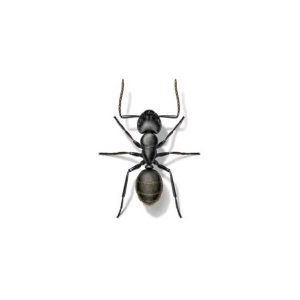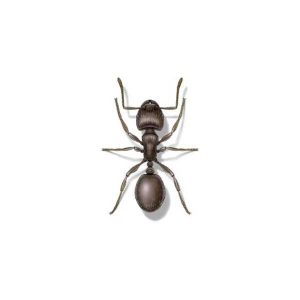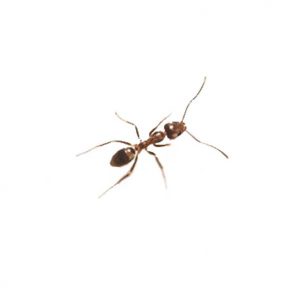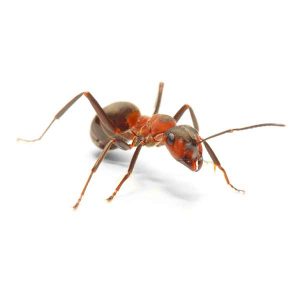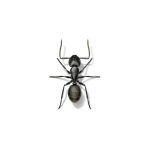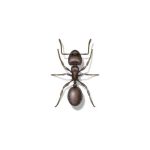Odorous House Ants in Illinois and Indiana
One of the most common ants behind most ant infestations in Illinois and Indiana are odorous house ants. Their colonies can grow to be quite large and new colonies are formed easily. Odorous ant colonies contain two or more queens with more than 100,000 workers. Also known as sugar ants, odorous house ants emit a foul smell like rotten coconut when crushed. Kitchen pantries and cupboards are often the preferred locations for these ants. Odorous house ants forage for food night and day and prefer protein-rich foods and sugary substances.
Odorous House Ant Habitat
Odorous house ants live in colonies ranging in size from a few hundred to tens of thousands of individuals. Outdoors, odorous house ants are often found in exposed soil or under stacks of firewood. When foraging for food, they make their way into homes and typically are found in kitchens and bathrooms. When they nest, odorous house ants prefer areas with moisture—wall voids near water pipes, heaters, leaking fixtures, and damaged wood are all ideal habitats for them.
Odorous House Ant Behaviors, Threats, or Dangers
Odorous house ants do not sting or bite, however, they contaminate food as they forage indoors in large numbers. Colonies can grow to have thousands of members, which makes eliminating them so difficult. Like many species of ants, colonies consist of worker ants and scout ants who seek out food away from the nest to provide for the queen. Scout ants leave an invisible scent trail from the food source back to their nest site. When worker ants follow the scent or pheromone trail to the food source in a home or building, they invade structures in large numbers. If an odorous house ant issue is suspected, it is best to contact a licensed ant exterminator.
Need help with Odorous House Ant control?
We'll call you! Leave your information below.


